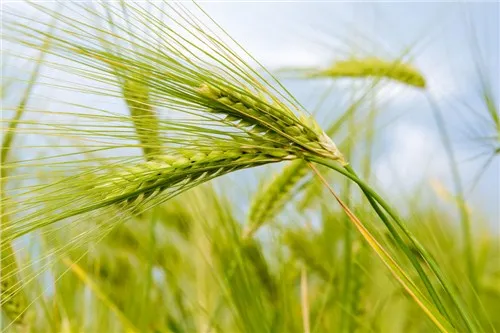
Mei . 22, 2024 10:53 Kembali ke daftar
Wheat herbicide
The main species of weeds in wheat fields
Broadleaf weed include: Stellaria aquatica, cleavers, procumbent speedwell, euphorbia helioscopia, Descurainia sophia, shepherd's purse, Lithospermum arvense, etc.

Grassy weed include: Alopecurus aequalis, Poa annua, Sclerochloa dura, Avena fatua, Eleusine indica, Setaria viridis, etc.

The recommend herbicide:
|
Control broadleaf weed |
|
Tribenuron-methyl 20%WP |
|
Carfentrazone-ethyl 10%WP |
|
Florasulam 50g/L SC |
|
MCPA-sodium 56%WP |
|
Fluroxypyr 200g/L EC |
|
2,4-D |
|
Florasulam 0.39% + MCPA-isooctyl 42.61%SE |
|
Florasulam 1% + Mesosulfuron-methyl 1.5% + MCPA-isooctyl 45.5%OD |
|
Florasulam 0.4% + Fluroxypyr-meptyl 12% + MCPA-isooctyl 35.6%SE |
|
Control grassy weed |
|
Clodinafop-propargyl 15%EW |
|
Fenoxaprop-P-ethyl 69g/L EW |
|
Flucarbazone-Na 70%WDG |
|
Mesosulfuron-methyl 30g/L OD |
|
Pinoxaden 5%EC |
|
Isoproturon 50%SC |
The best time to spray herbicide
It is safest to spray herbicide about 40 days after sowing, when the wheat is in the 4-leaf or 4-leaf 1-heart stage, and the resistance to herbicide is high, which is relatively safe. In addition, the weeds in the field have been out at this time, and the grass age is small, the drug resistance is poor, and the weeds are safe and efficient.

-
Explore Agrochemical for Agricultural Productivity
BeritaMay.21,2025
-
Discover the Power of Topramezone 30% SC
BeritaMay.21,2025
-
Discover the Power of Herbicide Mesotrione
BeritaMay.21,2025
-
Discover the Power of Glufosinate Ammonium
BeritaMay.21,2025
-
Discover the Power of Carbendazim Mancozeb
BeritaMay.21,2025
-
Discover the Power of Azoxystrobin Flutriafol
BeritaMay.21,2025
